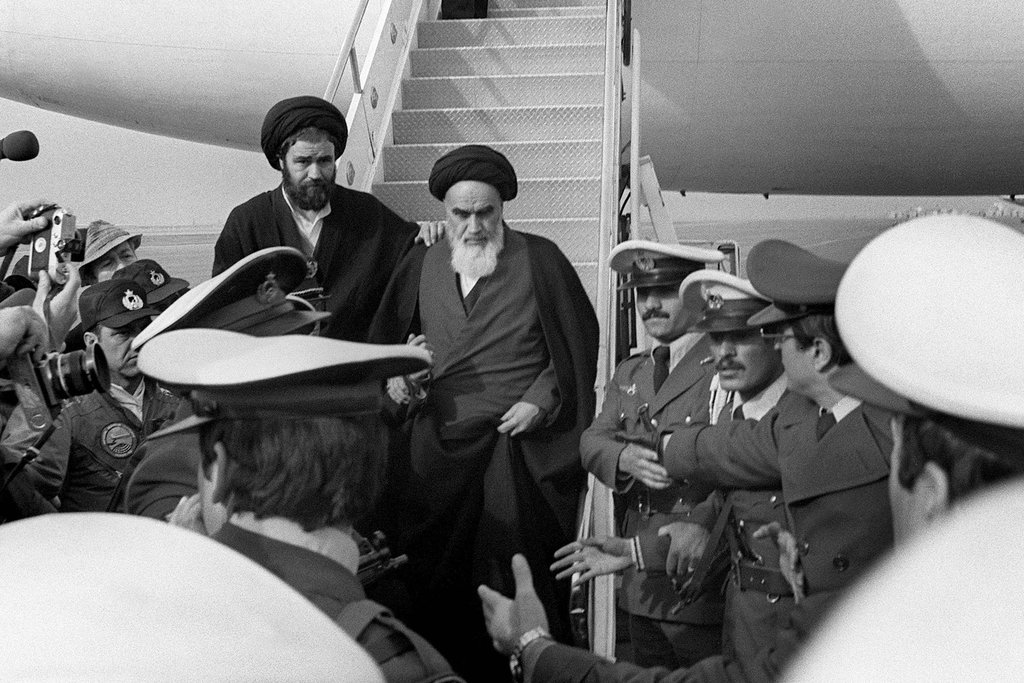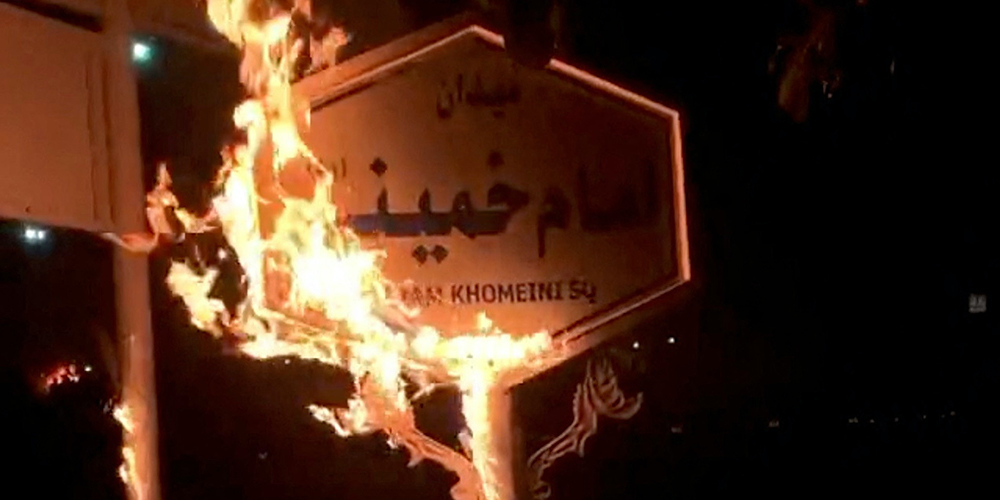Ayatollah Ruhollah Khomeini was the leader of Iran who served as its first supreme leader since 1979 until his death.
As the founder of the Islamic Republic of Iran and the leader of the Iranian Revolution, he saw the overthrow of Shah Mohammad Reza Pahlavi and his regime
While Reza Pahlavi's mission was rapid industrial and military modernization, as well as economic and social reforms, the Shah's rulership was seen as an oppressive, brutal, and corrupt. His mission also suffered from lack of judgement, resulting in failures that brought economic bottlenecks, shortages, and inflation.
It was Khomeini who brought huge changes to what was known as Persia, by becoming its highest-ranking political and religious authority of the nation, a position he held until his death in 1989.
Khomeini deposed Reza Pahlavi as the country's pro-Western leader, and ushered in the theocratic state Iran is then known for.
By making Iran the first Islamic republic governed by a religious political ideology, Khomeini who ended the Persian monarchy, and relieved Iran from being a puppet of non-Muslim Western power, was loved by a majority of the Iranian people.

His near-holy status spread throughout many parts of Iranian society, and his former revolutionary compatriots thought that he even deserved a pilgrimage site all his own.
And indeed he was given one, because his final resting place is a mausoleum located to the south of Tehran in the Behesht-e Zahra (Paradise of Zahra) cemetery. The $2 billion landmark is a highly recognizable with its gold dome and marbled floor and wall, and fine Persian carpets on the inside.
It spreads over 20 square kilometers, and houses a cultural and tourist center, a university for Islamic studies, a seminary, a shopping mall, and a 20,000-car parking lot.
The day Khomeini died has also been marked by a day holiday for mourning each year in Iran.
But following the restless months after Mahsa Amini's death, his legacy is now seen as dictatorship, as many Iranians started to hate what Khomeini had helped brought.
In this case, in the western Markazi province, crowds of angry protesters gathered and marched, and then stopped at one particular house.
The house in question is said to be the home of Khomeini, and that he was born there.
Due to Khomeini's influence, the home was turned into a museum for commemorating the influential figure.
But the angry mob no longer see the house as something they have to preserve.

Because of this, the house was set ablaze by many of the protesters.
And the crowds are seen cheering as the fire burns down the building.
While it was not immediately clear what damage it sustained, a number of videos have went viral on the internet, particularly on social media platforms.
Read: The Anti-Hijab Social Media Campaign Where Iranian Women Remove Their Hijab In Public
Iran’s local news agencies denied there had been a fire, saying the "door of the historic house is open to visitors."
"The counter-revolutionary media tries to create turmoil by spreading lies and false information. The burning down of Imam Khomeini’s historic house, a place with spiritual value to Iranians, was one of those lies," the deputy goveronor of Markazi province, Behnam Nazari, was quoted as saying.
But whatever is the case, the unrest in Iran continues, and various images of Khomeini have been torched or defaced by protesters.
There are also moments where the crowds chanted "death to Ali Khamenei" in the south-western city of Izeh.
The protests that sparked after the death of Mahsa Amini, who had been arrested by the morality police, pose the biggest challenge from the street to Iran’s leaders since the 1979 revolution.
They were fueled by anger over the obligatory headscarf for women imposed by Khomeini but have turned into a movement calling for an end to the Islamic republic itself.
The significance of what happens in Iran, in which the society starts to oppose even its most revered figure in the Islamic Republic cannot be overstated.